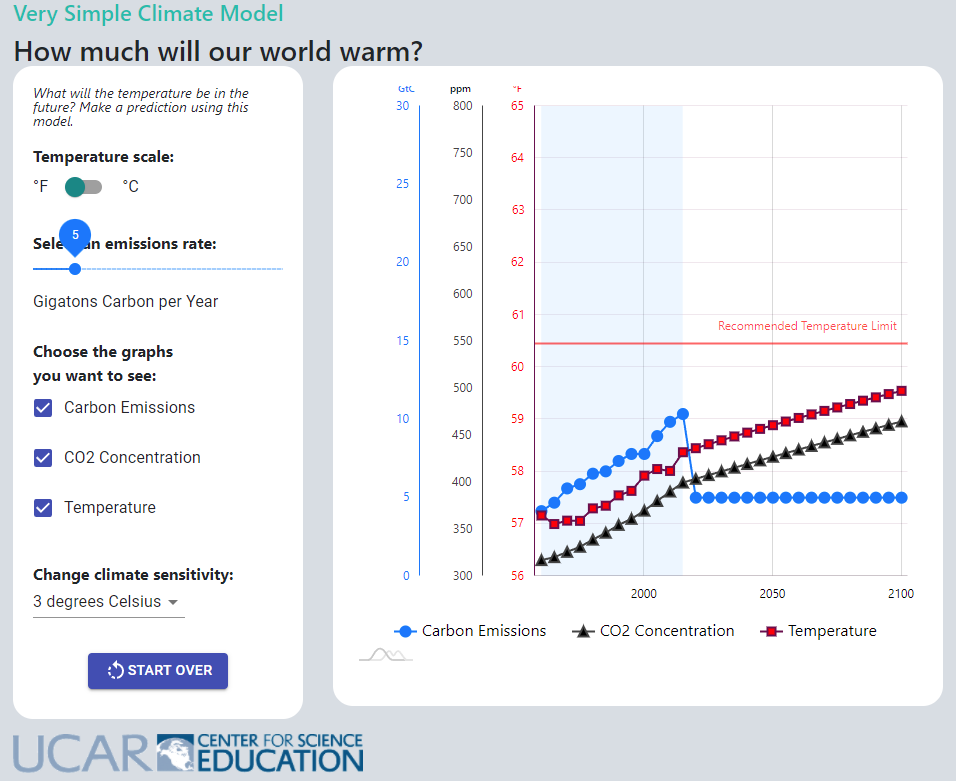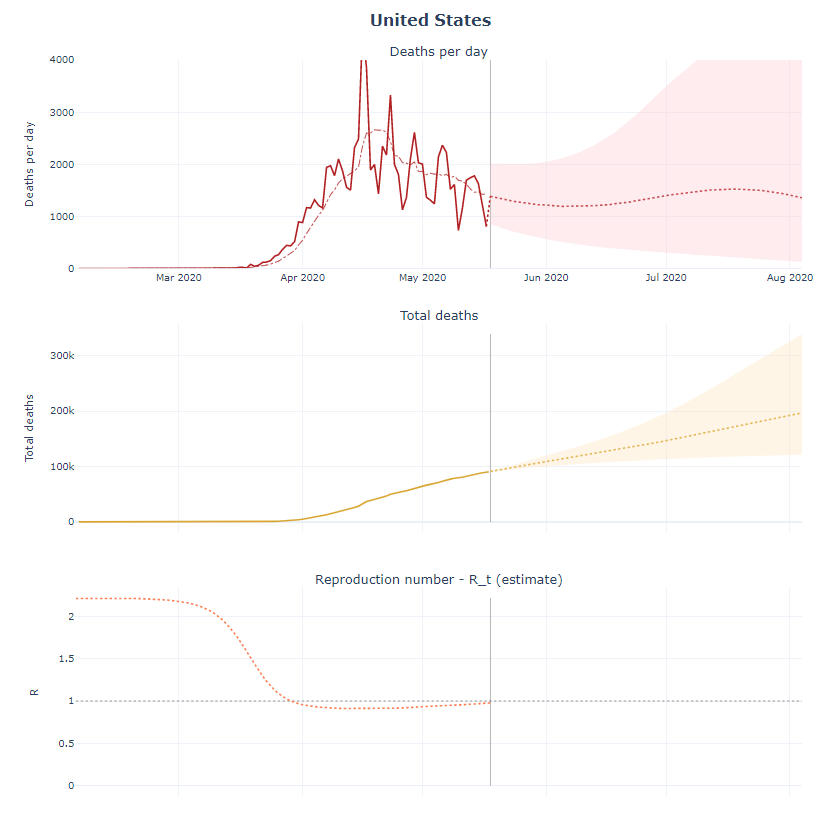 On my Briefed by Data site, I’ve started doing a monthly post called Classroom Connections. The idea is to list a number of articles where the math could possibly be used in the classroom. The level ranges from engaging graphs and basic math to modeling and data science. For example (related to the graph here),
On my Briefed by Data site, I’ve started doing a monthly post called Classroom Connections. The idea is to list a number of articles where the math could possibly be used in the classroom. The level ranges from engaging graphs and basic math to modeling and data science. For example (related to the graph here),
This paper, Electric and gasoline vehicle total cost of ownership across US cities (1/3/2024), goes through the calculations to estimate the return on investment of an electric vehicle. The math is just arithmetic, but a lot can be done with just arithmetic. Great for a project of some sort, and more can be done. For example, if the payoff for the care is 10 years, but you only plan to keep it for 5 years, is it worth it? Can it be resold to make up for the initial investment? What economic level does one need to be at to be able to make the investment in an EV as opposed to an ICE?
Find more examples at Classroom connections for February 3, 2024.



